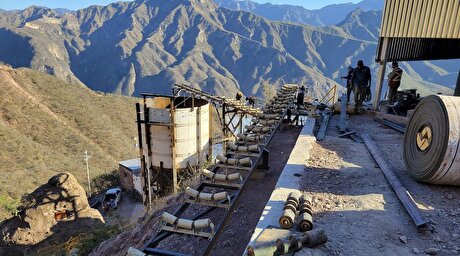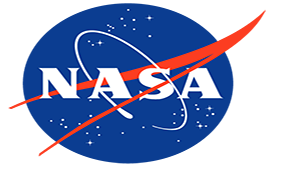
NASA Test-Fires Megarocket Engine


The agency fired up its RS-25 engine on Thursday at NASA's John C. Stennis Space Center, near the Mississippi-Louisiana border, space.com reported.
The test is part of a larger effort to get the massive Space Launch System (SLS) megarocket ready to bring astronauts to the moon in the 2020s for the Lunar Gateway space station, culminating in a possible landing on the moon in 2024 if the Trump administration's wishes are carried out in time.
Last week, NASA Administrator Jim Bridenstine said his teams would speed up their SLS work schedule to meet the new moon-landing deadline. However, NASA's recent budget request for 2020 pushed back upgrades to the SLS, which is still under construction.
In late March, NASA and Boeing (the SLS prime contractor) announced they have almost finished the outfitting of the core stage engine section for the first flight of SLS, which is scheduled to take place in 2020. This flight, called Exploration Mission-1, will be an uncrewed test that will send an Orion spacecraft around the moon and then back to Earth again. The first crew is scheduled to fly on Orion in 2022.
RS-25 is best known for powering the space shuttle, which flew 135 missions between 1981 and 2011 before the fleet was retired.
Putting four of the compact-car-size engines together on the core stage of SLS provides 2 million lbs. of thrust, officials at Stennis said in a Facebook post. Booster stages attached to the core provide the rest of the required 8.8 million lbs. of maximum thrust to send SLS into orbit.


Equinox Gold kicks off ore processing at Valentine mine

India considers easing restrictions on gold in pension funds

Critical Metals, Ucore ink 10-year offtake deal to supply rare earths to US plant

Locksley Resources forms US alliances to establish domestic antimony supply chain

El Salvador buys $50M in gold for reserve diversification

Freeport doubles down on Amarc’s JOY project

Ancient rocks in Australia reveal one of world’s most promising new niobium deposits – report

Construction at Helium Evolution’s Saskatchewan processing plant nearly complete

Freeport doubles down on Amarc’s JOY project

El Salvador buys $50M in gold for reserve diversification

Construction at Helium Evolution’s Saskatchewan processing plant nearly complete

Ancient rocks in Australia reveal one of world’s most promising new niobium deposits – report

Locksley Resources forms US alliances to establish domestic antimony supply chain

Critical Metals, Ucore ink 10-year offtake deal to supply rare earths to US plant

Equinox Gold kicks off ore processing at Valentine mine

India considers easing restrictions on gold in pension funds

Luca Mining expands Tahuehueto mine with Fresnillo land deal

Freeport doubles down on Amarc’s JOY project

El Salvador buys $50M in gold for reserve diversification

Construction at Helium Evolution’s Saskatchewan processing plant nearly complete

Ancient rocks in Australia reveal one of world’s most promising new niobium deposits – report

Locksley Resources forms US alliances to establish domestic antimony supply chain

India considers easing restrictions on gold in pension funds


















